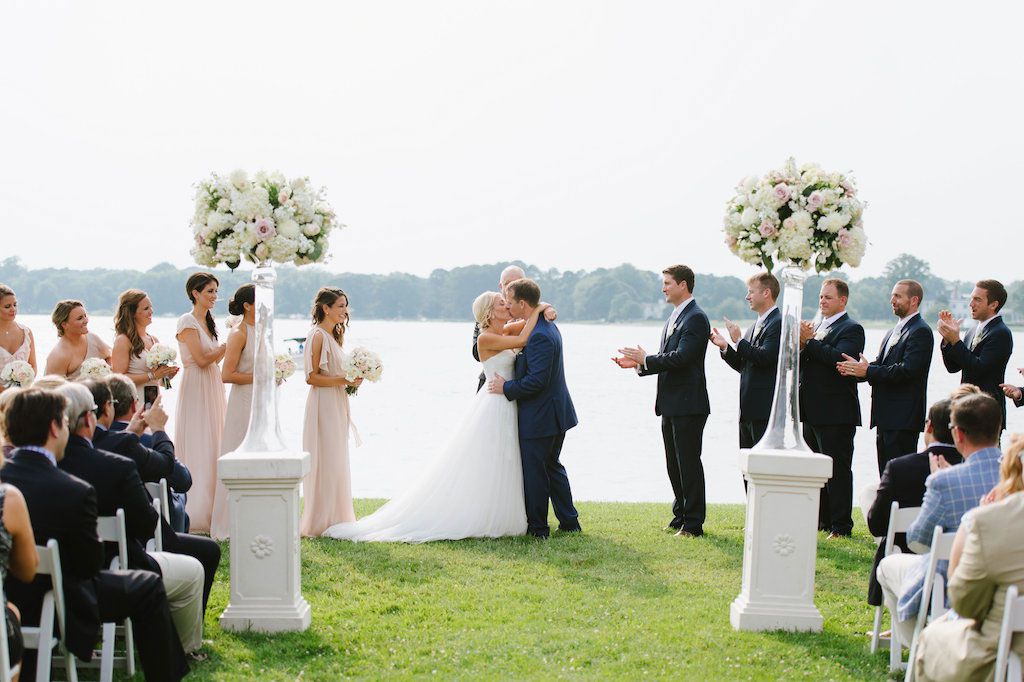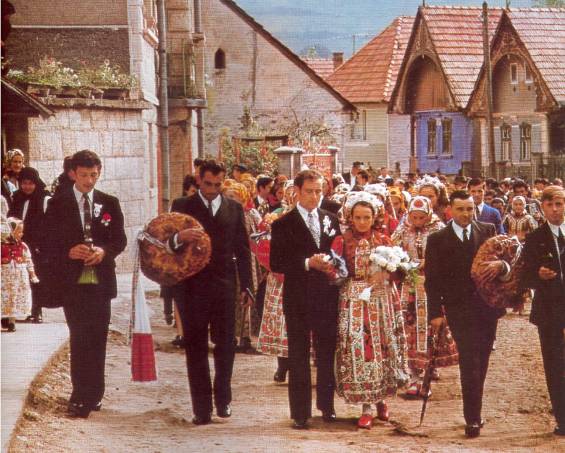The difference between planning a wedding and planning any other party is in the amount of cultural and emotional context that comes into play. Suddenly your party has to be an expression of what you stand for, who you are as a person/couple, who you are as a woman, what are your family and cultural heritage. There is also a strong element of judgement and being judged against criteria established by the social groups that you are part of. As a result, decisions are subject to behavioural biases even more than those taken in our daily lives.
I have been thinking a lot about how we are taking decisions related to our wedding. (Yes, I know it would be so much easier if I just did as my lovely mom suggested!) In this series of posts I will give you a few examples of bias that I have encountered in our own process of planning a wedding so far.
Status quo bias
Status quo bias is evident when people prefer things to stay the same by doing nothing (see also inertia) or by sticking with a decision made previously (Samuelson, & Zeckhauser, 1988). This may happen even when only small transition costs are involved and the importance of the decision is great. Samuelson and Zeckhauser note that status quo bias is consistent with loss aversion, and that it could be psychologically explained by previously made commitments and sunk cost thinking, cognitive dissonance, a need to feel in control and regret avoidance. The latter is based on Kahneman and Tversky’s observation that people feel greater regret for bad outcomes that result from new actions taken than for bad consequences that are the consequence of inaction (Kahneman & Tversky, 1982). [source]
How do we know what a wedding is supposed to look like? It is handed down to us through culture, from examples in our communities to the representations of weddings in popular culture. In my case, popular culture is also heavily influenced by my Hungarian origins and Anglo-Saxon culture due to our cultural diet (tsk tsk, gotta get to that art cinema). In my culture and experience, these have the following elements:
- Event takes place on a Saturday, in presence of many friends and families.
- Families very closely involved. Guests include friends and acquaintances of the parents.
- An occasion that has to be elegant, no expense should be spared.
- An event on which attendees will pass judgement. It is important that this judgement not be negative.
- Church/religious and civil ceremony.
- This is the bride’s big day, who can be a princess for a day. The bride’s wishes and taste are more important than the groom’s.
- The bride should wear a very elegant white dress unlike any dress she would wear in everyday life (“like a princess”), idem for hair and makeup. The dress however should not be too revealing (“slutty”) or too casual. She should carry a bunch of flowers. The groom should wear an elegant outfit, minimum a suit.
- Guests should be treated to an elegant sit-down dinner.
- Set of Hungarian wedding traditions (don’t even get me started).
- etc.

The status quo is also the baseline for taking decisions that diverge from the tradition- no one starts with a blank slate. At the same time, if for some reason one decides to have a wedding that is different from the above, it disappoints the expectations of the social groups. As you see from the definition above, deviations from the norm tend to be perceived as “loss”, so generally in a negative light. Choices that deviate from the norm need to be justified.

Finally, in some cases we keep to tradition but try to add a tweak. In Hungarian weddings it is customary to “sell” the last dance of the bride as a maiden: guests donate money for a few seconds of dancing with the bride then hand her over to the next paying partner. We are thinking of making this a bit more feminist by both of us doing the dance and donating the proceeds to charity. Anyway, we are definitely aware of the fact that judgement will be passed on all elements of the day that deviate from guests’ expectations. This will be especially true as our international group of guests will each have their own baselines and expectations.
